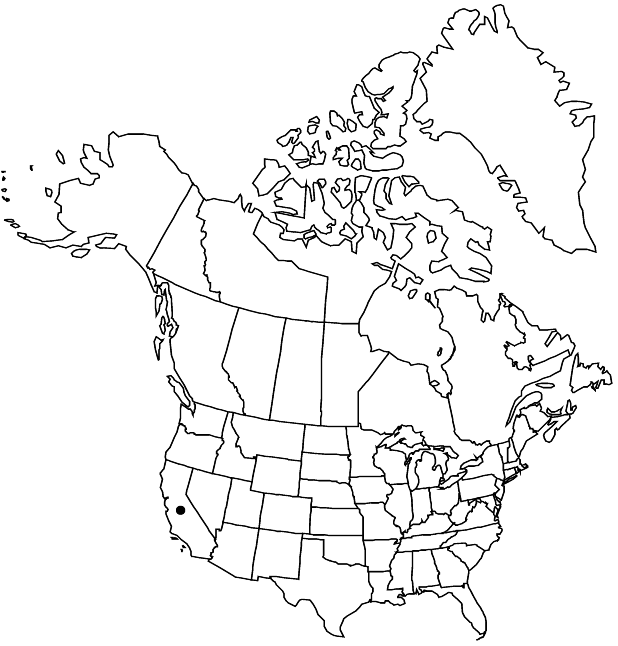Dudleya cespitosa
New N. Amer. Crassul., 27. 1903 (as caespitosa) ,.
Caudices branched apically loosely or cespitosely, to 30 × 1–4 cm, axillary branches absent. Leaves: rosettes 3–150+, in clumps, 15–30(–50)-leaved, 5–20(–30) cm diam.; blade green, oblong to oblong-oblanceolate, 5–20 × 0.5–4 cm, 3–8 mm thick, base 0.5–4 cm wide, apex acute to subacuminate, surfaces not farinose, sometimes glaucous. Inflorescences: cyme ca. 3-branched, mostly obpyramidal; branches not twisted (flowers on topside), simple or 1–2 times bifurcate, (3–6 cm diam.); cincinni 3–5, 3–14-flowered, circinate, 3–11 cm; floral shoots 10–40 × 0.4–1.2 cm; leaves 12–25, spreading to ascending, triangular-ovate to lanceolate, 10–60 × 10–30 mm, apex acute. Pedicels erect, not bent in fruit, mostly 1–5 mm. Flowers: calyx 4–6 × 4–8 mm; petals connate 1.5–2.5 mm, mostly bright yellow to red, 8–16 × 2.5–5 mm, apex acute, tips erect; pistils connivent, erect. Unripe follicles erect. 2n = 68, 101, 136.
Phenology: Flowering late spring–early summer.
Habitat: Cliffs and rocky slopes near coast
Elevation: 0-600 m
Discussion
As circumscribed here, Dudleya cespitosa is a highly variable polyploid complex delimited from neighboring species and not easily divisible on the basis of morphology, distribution, and chromosome number into practical subspecific units.
Selected References
None.
